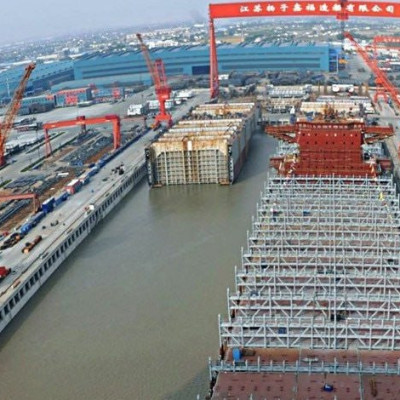China sharply criticizes U.S. ambassador’s remark on a possible sale of the Port of Piraeus
24.11.2025
China’s Embassy in Greece has issued a strong response after U.S. Ambassador Kimberly Guilfoyle suggested in an interview with Greek TV channel ANT1 that the Port of Piraeus “might one day be put up for sale.”
Beijing called the comments a “malicious distortion of normal China–Greece commercial cooperation” and “a serious interference in Greece’s internal affairs.”
China stressed that the involvement of Chinese companies in Piraeus has been a successful model of bilateral cooperation, helping Greece recover during its debt crisis and transforming the port into one of the largest hubs in the Mediterranean and Europe.
According to the Chinese side, the partnership is based purely on mutual benefit, not geopolitical ambitions, and Chinese investors continue to expand the port’s development jointly with Greek workers.
Analysts note that the ambassador’s remarks reflect growing U.S.–China competition for influence over Europe’s strategic infrastructure, while Piraeus remains a key node of China’s Maritime Silk Road initiative.
About the Port of Piraeus:
It is the largest port in Greece and one of the biggest in the Mediterranean. Since 2016, its main container terminal has been operated by COSCO Shipping Ports, a Chinese state-owned company holding a controlling stake through its investment arm.




